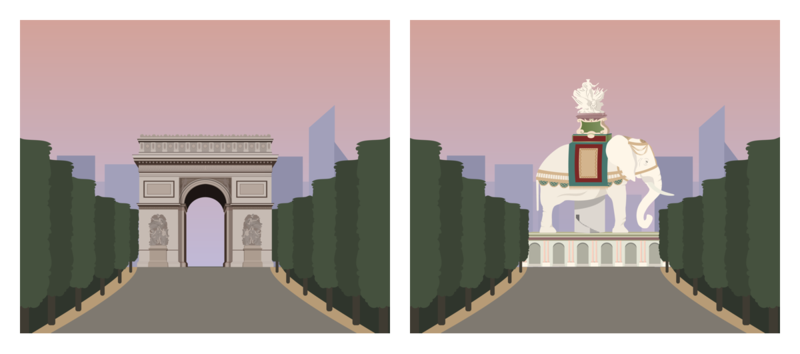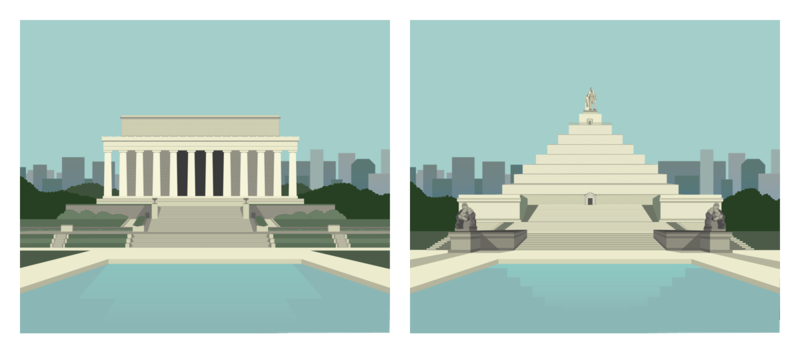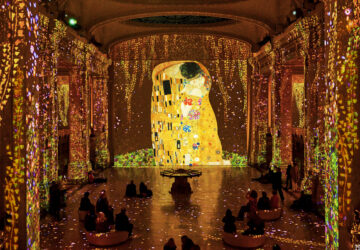 A city’s identity is defined by many things, whether it is cuisine, arts and culture, history, or the people themselves. Yet, some of the most iconic architectural landmarks today, like the Arc de Triomphe or the Lincoln Memorial, serve as instantly recognizable points around which a city centers and thrives. The process for designing and constructing such projects is laborious and requires many potential designs, which in turn give us insight into how famous monuments could have turned out wildly different.
A city’s identity is defined by many things, whether it is cuisine, arts and culture, history, or the people themselves. Yet, some of the most iconic architectural landmarks today, like the Arc de Triomphe or the Lincoln Memorial, serve as instantly recognizable points around which a city centers and thrives. The process for designing and constructing such projects is laborious and requires many potential designs, which in turn give us insight into how famous monuments could have turned out wildly different.
Imagine Paris’s Arc de Triomphe as a massive elephant or London’s Tower Bridge as basically a giant pair of goggles! It is hard to picture these structures, as well as the Lincoln Memorial, the Sydney Opera House, and the Chicago Tribune Tower, as anything other than what they are today, yet the competitive design process could have yielded entirely different outcomes. While archived sketches do exist, GoCompare has illustrated these rejected designs and placed them alongside the current, real monuments in a modernized context. Explore the potential architectural landmarks below and learn the history behind the decision not to construct them.
1. Lincoln Memorial, Washington DC

Henry Bacon is the architect behind the recognizable design of the Lincoln Memorial, yet another favored architect imagined the monument in a drastically different way. John Russell Pope offered several graphite sketches which drew inspiration from other cultures and resulted in designs similar to a Mayan Temple, an Egyptian pyramid, and the ziggurat pictured above.
Although his proposals were not chosen, Pope later went on to design the iconic architecture of the National Archives and the Jefferson Memorial.





